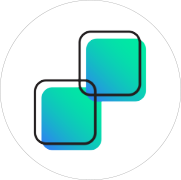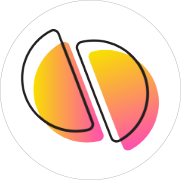In the Learning Games Lab at NMSU, we create educational media and partner with youth as testers, co-designers and informants. In the beginnings of our toolkit, we experimented with multiple formats such as week long and full-day sessions. After twenty years, we’ve landed on some standard ways of how we use the toolkit, which includes many different types of individual activities that could be used by program coordinators, out-of-school time staff, and classroom educators.
In this toolkit, we share the activities we use with youth, sample schedules on how we place all the activities in day- or week-long sessions; as well as the content and standards and learning theories which drive our work.
While we’ve used versions of these activities with youth ages 8-18, we encourage you to modify them for your audience. We also welcome your feedback on how you use the toolkit.
We create educational media, and partner with youth as testers, co-designers and informants.
Youth serve as design consultants in our Think Tanks in the Learning Games Lab. All activities are grounded in three essential areas:
Social & Emotional Growth

Engage in personal social and emotional growth.
Critical Review

Review games and media using a critical lens.
Design

Develop project building design and technology skills.
Learning Outcomes
Our Learning Games Lab Sessions have these key goals for participants:
- Communicate their ideas, designs, and desires clearly and in a persuasive manner;
- Use digital games and tools mindfully, purposefully and effectively;
- Create unique and personally meaningful media;
- Understand their role in the world, social and emotional impacts;
- Recognize the process and careers involved in the design and development of games;
- Identify critical issues in their lives, feel heard, and use their voice to create positive change;
- Acquire knowledge about the experiences of peers and youth their age;
- Critique digital learning tools based on components of game design (e.g. art, characters, gameplay, navigation)
